“I don’t want to spend part of my holiday standing in front of a painting!” Having spent practically my entire college career studying art from the world’s great scholars, A little part of me died when my dinner partner uttered those words last week.
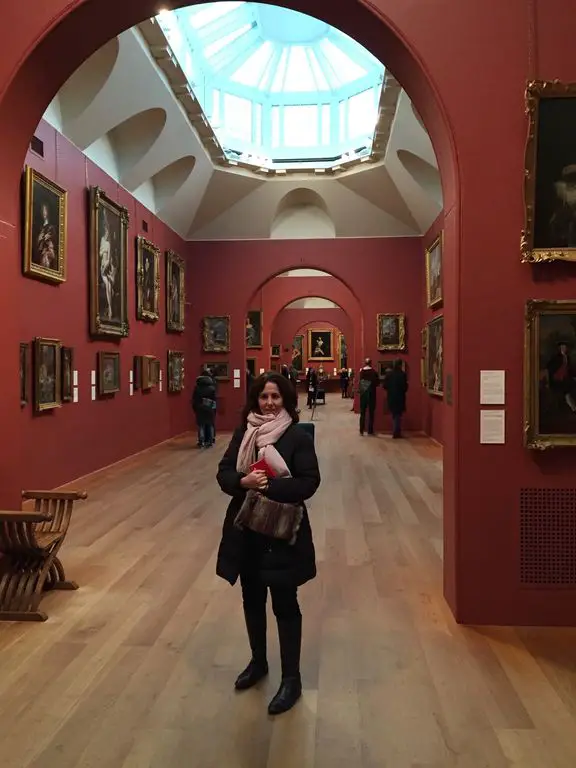
Then I took a deep breath and realized maybe he was right. Why stand in line at the Louvre, then fight the crowds to get a glimpse of the Mona Lisa – when you could see it stress free online?
Even David Sedaris, the humorist, author and New Yorker contributor, whom I adore, said: “(The Louvre) just doesn’t interest me. I mean, I think so many people come here, and they feel like they have to do certain things because somebody told them to do it….So I’m guessing that a good number of these people are just standing here because somebody told them that they should do it. Do people look back and remember the experience of standing in front of a painting? I might remember eating something, or buying something, … but not looking at a painting.”
I believe you should do all of the above – eat, buy something, and look at a piece of art.
Still, it’s all about context – you do need to understand the iconography of the painting, the story of the artist and how it all fits into a country’s history, to understand what’s in front of you and why it’s worth visiting – otherwise it’s just oil and canvas.
Here are a few of my favorite paintings to visit in situ ,and why they really shouldn’t be missed.
(PS I am sticking to works on canvas, but frescos are pretty great to see, think The Sistine Chapel)
The Best Paintings in Europe

Caravaggio’s The Conversation of St. Paul.
If you are going to Rome, you’re definitely going to head to the bigger, sexier tourist sites, like the Coliseum, the Baths of Caracalla, and/or sit by the Pantheon twirling your Tonarelli con Cacio & Pepe. Hidden in a chapel, within the church of Santa Maria del Popolo in Rome’s shopping district, is the one masterpiece I would not miss – Caravaggio’s The Conversation of St. Paul.
I know it looks like a painting of a big horse. The rumor is that even Caravaggio himself had to defend it: “Why have you put a horse in the middle, and Saint Paul on the ground?” “Because!” “Is the horse God?” “No, but he stands in God’s light!” (Wikipedia)
The life of Michelangelo Merisi da Caravaggio, aka Caravaggio, packs as much punch as a lion chomping through Christians. Regarded as the father of the chiaroscuro technique (literally, light-dark) of art, his paintings were as dark, dramatic and tumultuous as his life, which included murder, exile, escape, and ultimately an unpleasant death.
It hangs facing another of his masterpieces, The Crucifixion of St. Matthew. You can only see them here, as these paintings never travel!
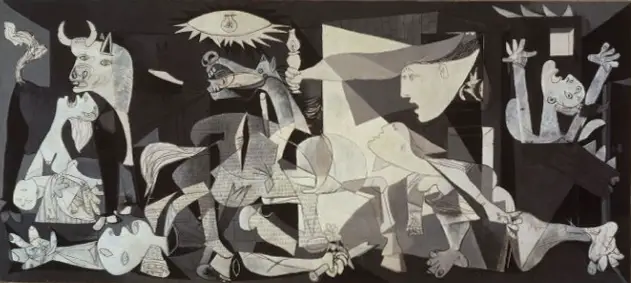
Picasso’s Guernica
Can I admit that I don’t particularly like Picasso? Still, that didn’t stop me from visiting his most famous painting, Guernica, at the Museo Reina Sofia, after a lunch heavy on the jamon one Spring day in Madrid. Why did I take the time if I don’t even like the artist? This one picture is considered by some to be the most important anti-war statement, ever painted.
Guernica, a tiny town in the Basque Country in Northern Spain, was assaulted by the Nazis and Italians, at the request of the Spanish government in the 1930’s. Although painted in only hues of black, white and grey, I swore, after seeing it, that it was blood red. You can hear the horses cry out, the bombs being dropped, the people screaming, their limbs covering the canvas and all without the use of any color. The enormity of it takes your breath away – that just cannot be conveyed online.
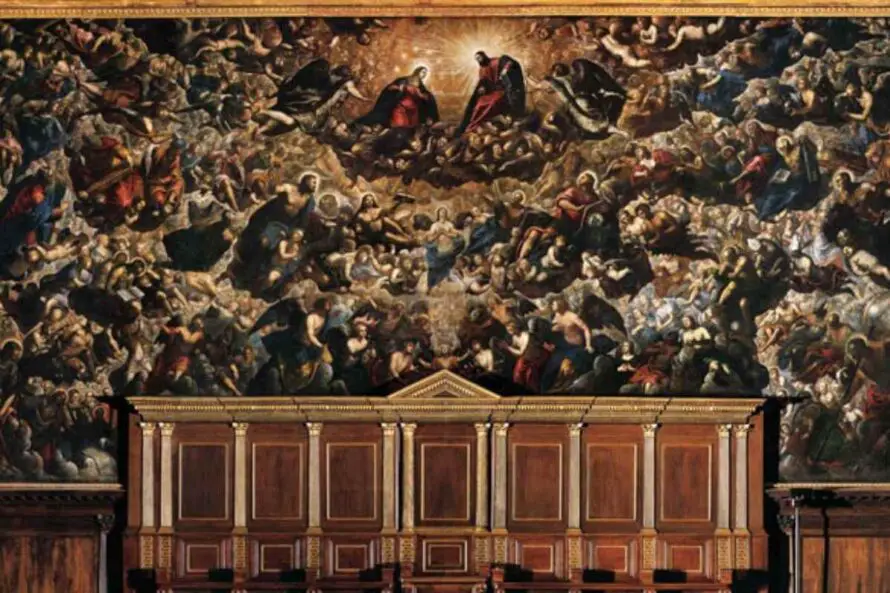
Tintoretto’s Il Paradiso
Venice’s hometown artist, Tintoretto, may not have the name recognition that Caravaggio & Picasso do, but standing in front of Il Paradiso, you know you’ll never forget it.
There is no way to “see” the scale of this picture online. On my site, this is a mere 1200 x 900 pixels (very small). In real life, it’s 85 ft long (very large)! At one point, it was the largest painting on canvas. Technically, it’s not in an art museum, but in the Doge’s Palace – the offices of the Renaissance rulers of Venice.
Escape the crowds of Saint Mark’s Square and take the tour. You get to see not only this incredible work of art, but also walk through the Bridge of Sigh’s! Afterwards, I know you will be so inspired, that you’ll head to the Scuola Grande di San Rocco to see his other works.
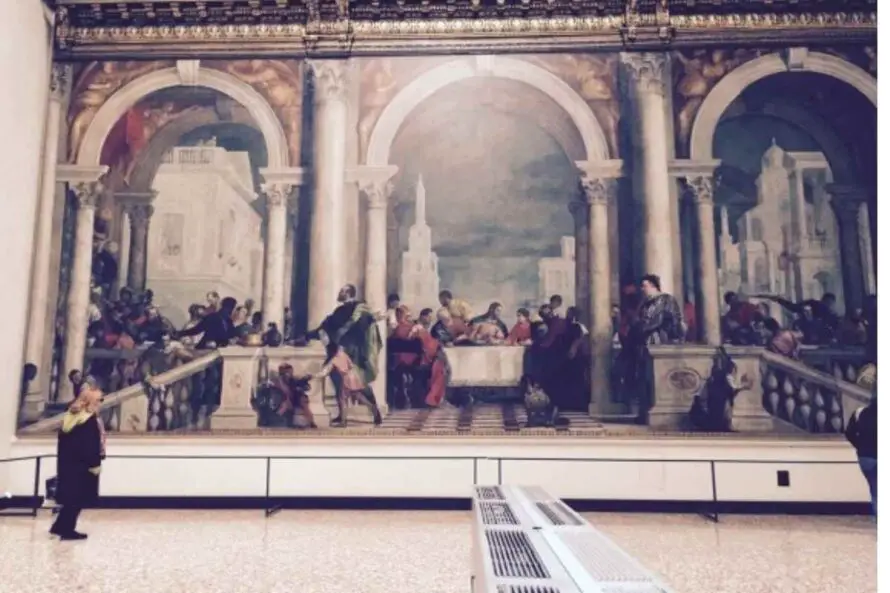
Veronese’s The Feast at the House of Levi
You may even be tempted to visit the Accademia di Belle Arti to lounge in front of the other unmissable Venetian masterpiece, The Feast at the House of Levi, by Veronese (18.21 ft × 41.99 ft). It’s simply divine.

Rembrandt’s The Night Watch
How could Rembrandt die penniless and completely unappreciated by his contemporaries? His rival, Rubens, had them wowed with his over-the-top, bodacious, rosy-cheek, lady-filled scrims. Meanwhile, Rembrandt, in his own quiet way, was modernizing the use of light and shade, brushwork and drawings. Commissioned by a Captain Frans Banninck Cocq of the Militia Company of District II to produce an employee portrait, Rembrandt painted what’s come to be known as The Night Watch.
Instead of a static portrait, Rembrandt shows the Captain and his cohorts in motion, almost stepping out of the picture itself. For some reason, this has unsettled more than one of its visitors. The Night Watch was vandalized three times in the 20th Century. In 1911, a man took a knife to it and ripped it apart and then in 1975, it happened again. Most recently, in the 1990’s, a man sprayed acid on it with a bottle he had hidden inside his jacket. Thank goodness, the security people jumped into action and the damage was minimal.
You can only see it in Amsterdam’s Rijksmuseum to find out what emotion it evokes in you.

Delacroix’s Liberty Leading the People
I understand not seeing the Mona Lisa – it’s tiny, behind glass, the room is crammed, and you can’t get close. Still, you are in Paris, Paris is in France – don’t you think it’s worth it to visit the one picture that has come to symbolize France itself.
At least, delve into the depths of the Louvre for Delacroix’s Liberty Leading the People. Any lover of Les Misérables will be humming “Do you hear the People Sing” just looking at Lady Liberty. Larger than life, she emerges from the ashes of war, over fallen figures from every class of French citizen. You can even see Notre Dame in the background. The rumor is that the man in black is Delacroix himself.
I can’t physically make you go into any museum, if it’s not your thing, but don’t be convinced that seeing or reading something online is the same as getting out there and experiencing it yourself.
PIN IT LATER
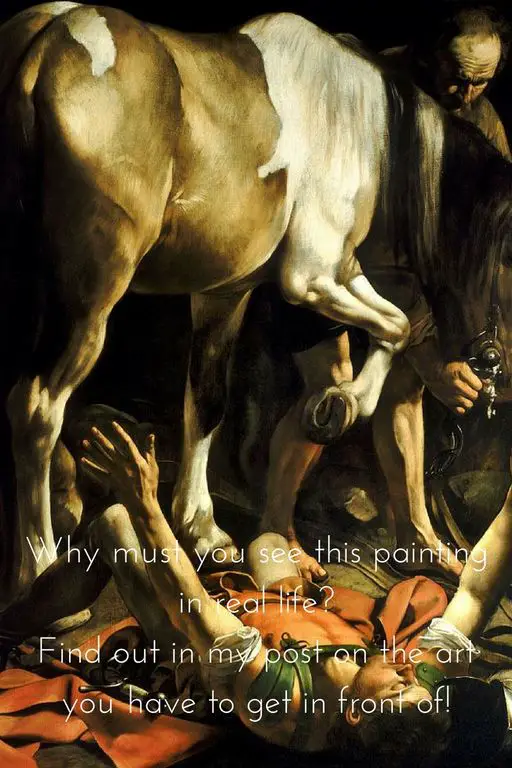

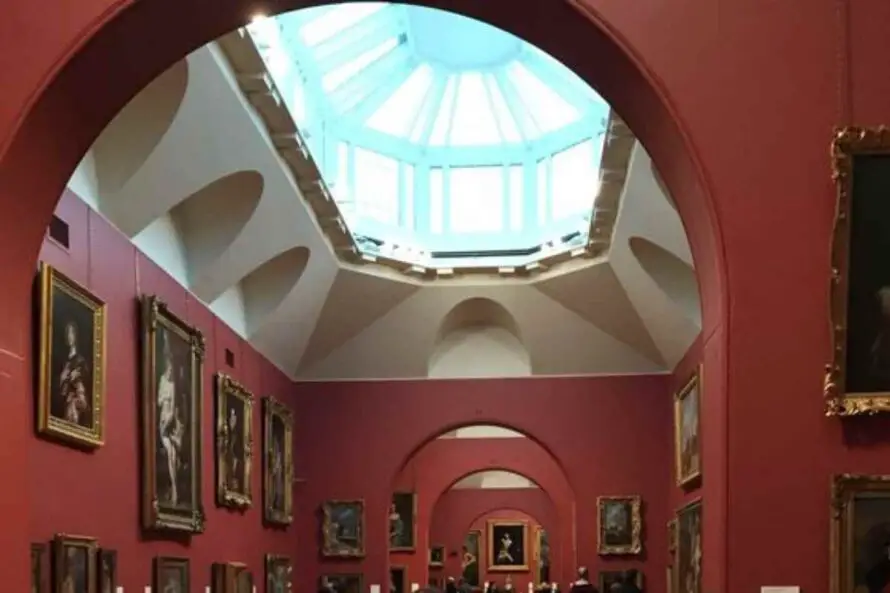
Just fabulous! Such lively erudition! As though you’d whisked me back to Columbia!
(Minus the Tonarelli con Cacio & Pepe. And any sign of a twirl.)
Thank you so much!!